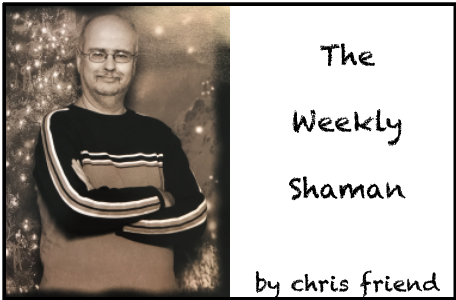Since Thanksgiving is coming up I thought I would write a few things on the turkey and also on the harvest dolly. In Native American folklore the turkey was seen as a beneficial figure who brought corn (maize) to humanity. Among the native people he has a long association with corn and the crops. He was also believed to have brought tobacco to the masses as well. In some folklore the turkey was Santa Clause like figure who brought kachina dolls to children as well as turkey shaped loaves of bread. Turkey feathers were considered sacred and were often used in the making of cloaks and blankets. They were often placed on prayer sticks and used as a charm. Turkey feathers are also associated with clowns and the dead in native beliefs. The harvest doll seems to be universal concept of making an fetish of the last of the harvest. The Egyptians were known to use the last of the barley to create an image of the god Osiris which they planted back into the earth to ensure a good harvest. In Europe the harvest doll was dressed in a gown and decorated with ribbons. During the spring planting the doll was placed into the ground to make sure the spirit of the harvest was replaced in the fields. During the winter months the doll was placed in the barn to keep away evil spirits. In Scotland she was referred to as “Old Wife” or simply “Old Woman”. In Brittany she is called “Mother Sheaf. In Germany she is the “Harvest mother” or corn mother”. In Poland the harvest doll is known as Baba and is considered the incarnation of the grain spirit. In most of the world the belief in the harvest doll has dwindled away. I do suspect that the kitchen witch that was so popular at one time may have been a relic of the harvest doll. In some European folklore there is the corn wolf which was a spirit of the field that was used to frighten children. He is believed to set upon the last sheaf of the harvest and who is the reaper who reaps. The image of the wolf is made and kept until the end of the harvest when it is destroyed. But in some places the wolf effigy on the farm either in the house or barn to ensure the fertility in the next spring planting. And so, it goes.

